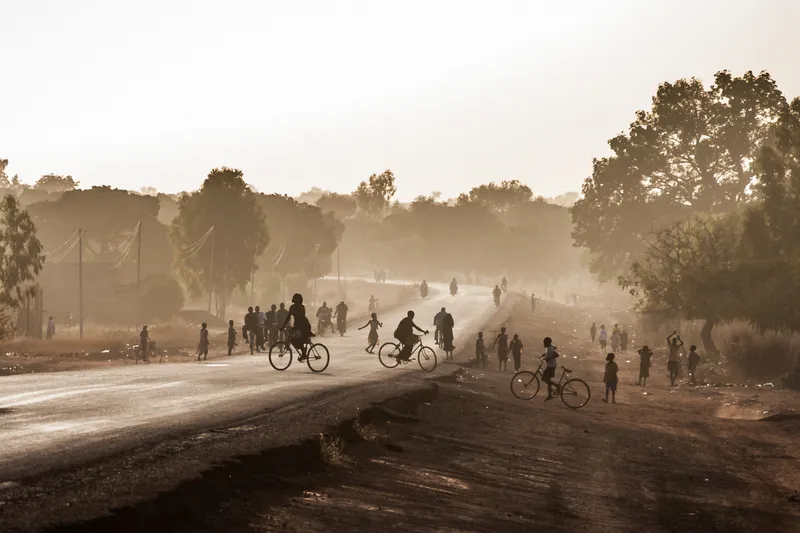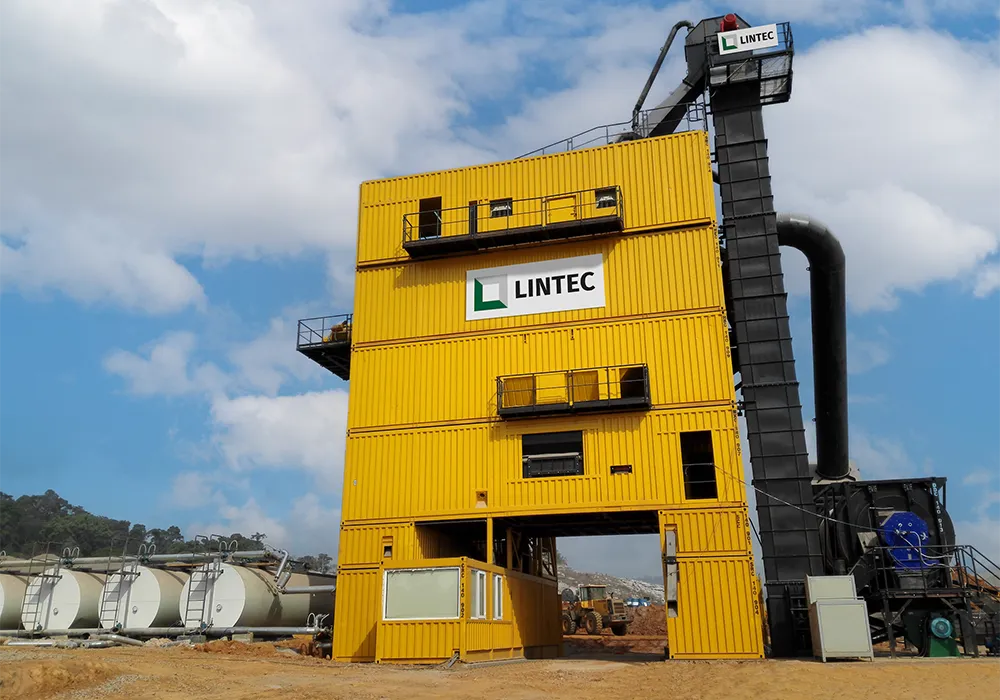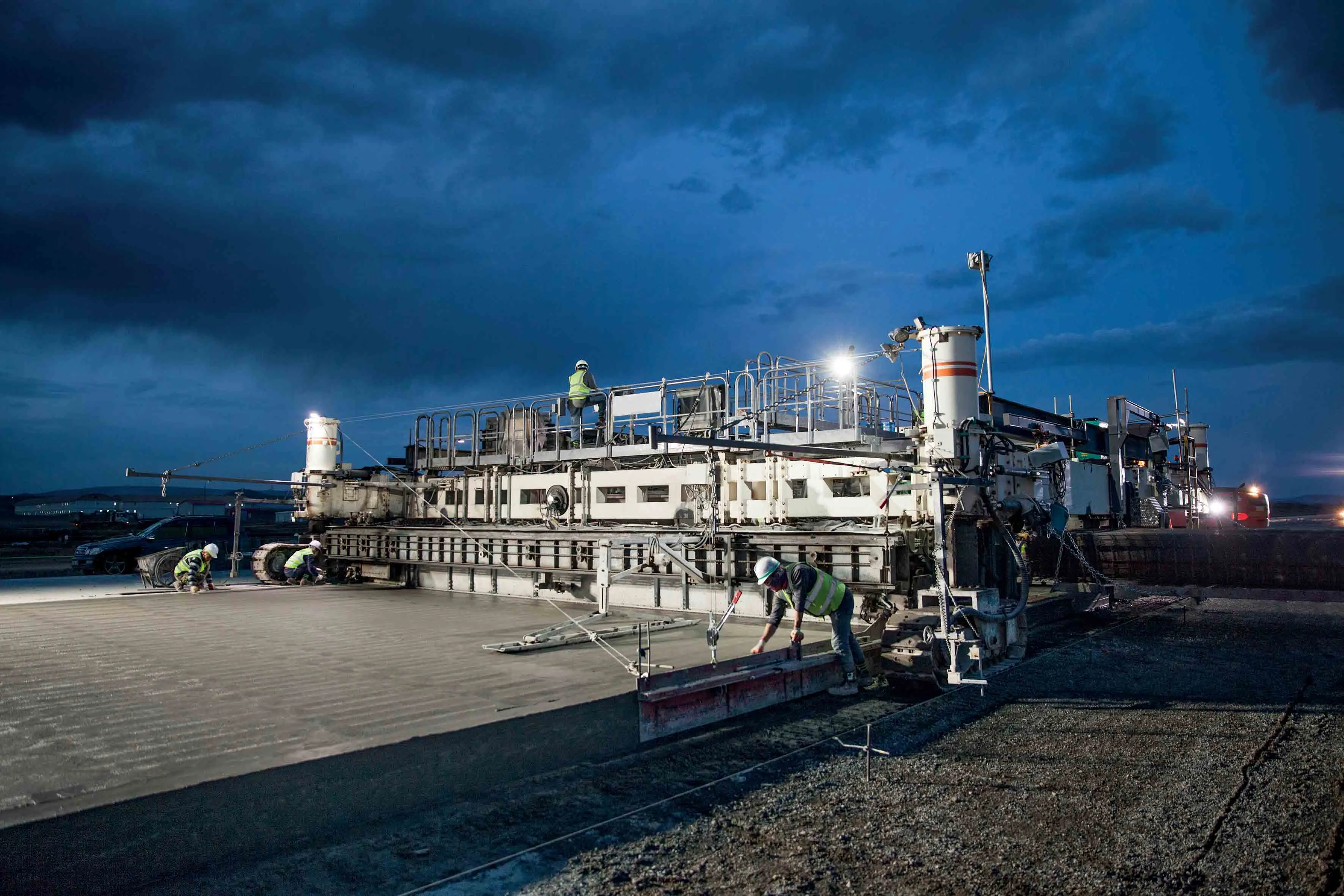The Mongolian Government is to boost investment in the country’s road network to improve access in major towns and cities and connect outlying areas. Approved projects include repairing 35km of roads and building 25km of paved roads in the capital Ulaanbaater. Other projects include a 104km road between Mangdalgobi and Ulaanbaatar; a 45km road connecting Ondorkhaan with Monkhkaan, Baruun and Urt, and a 127km road between Tosontsengel and Tsakhiur. These will all be built by 2013.
June 14, 2012
Read time: 1 min
The Mongolian Government is to boost investment in the country’s road network to improve access in major towns and cities and connect outlying areas. Approved projects include repairing 35km of roads and building 25km of paved roads in the capital Ulaanbaater. Other projects include a 104km road between Mangdalgobi and Ulaanbaatar; a 45km road connecting Ondorkhaan with Monkhkaan, Baruun and Urt, and a 127km road between Tosontsengel and Tsakhiur. These will all be built by 2013.









